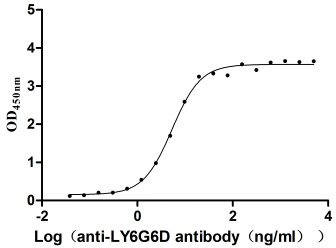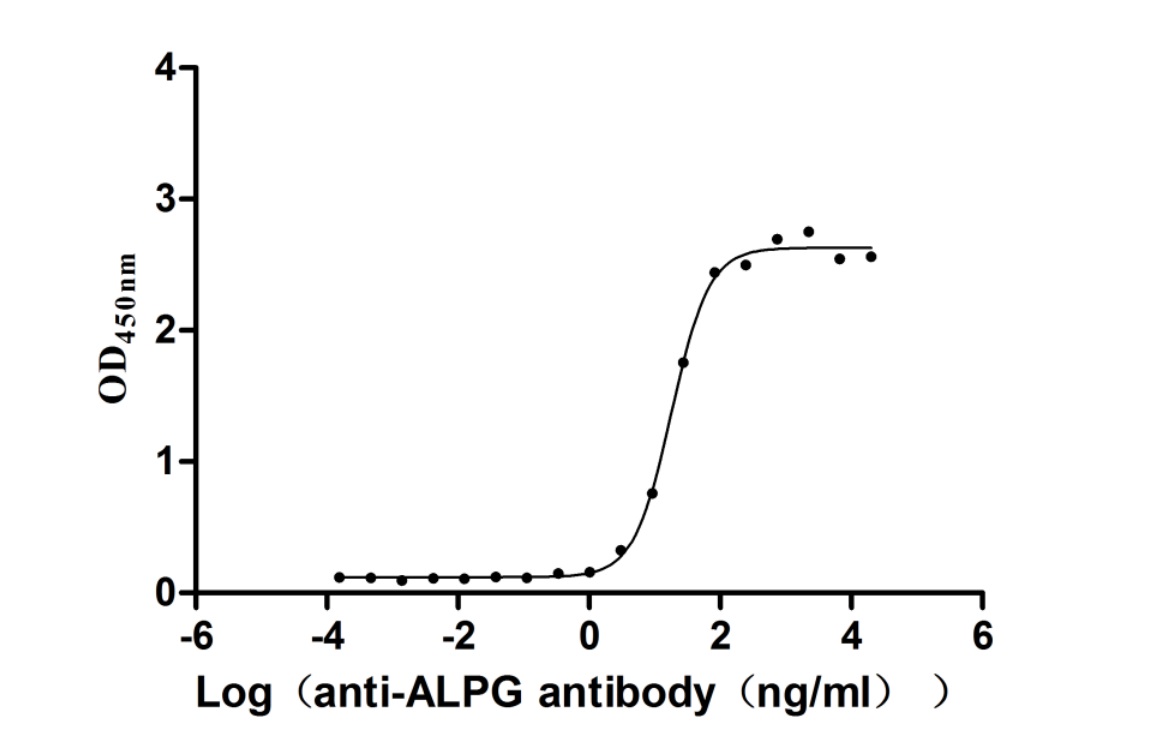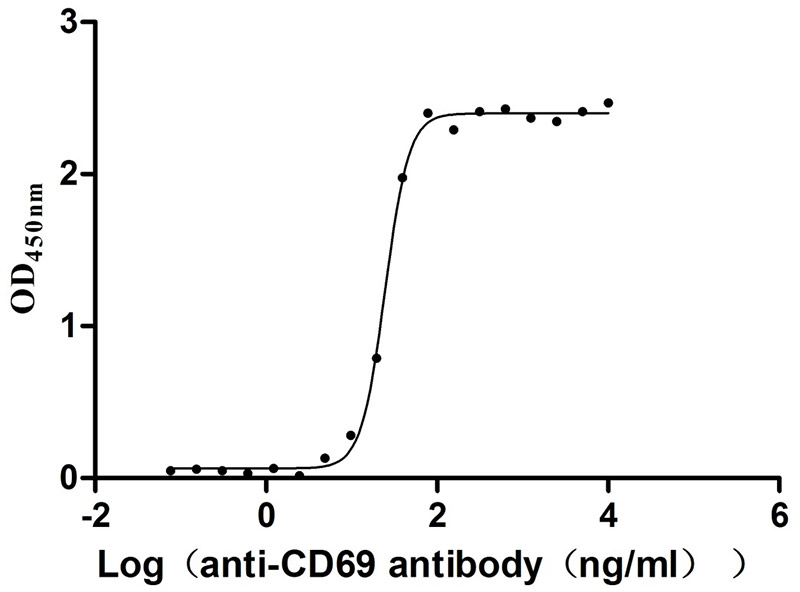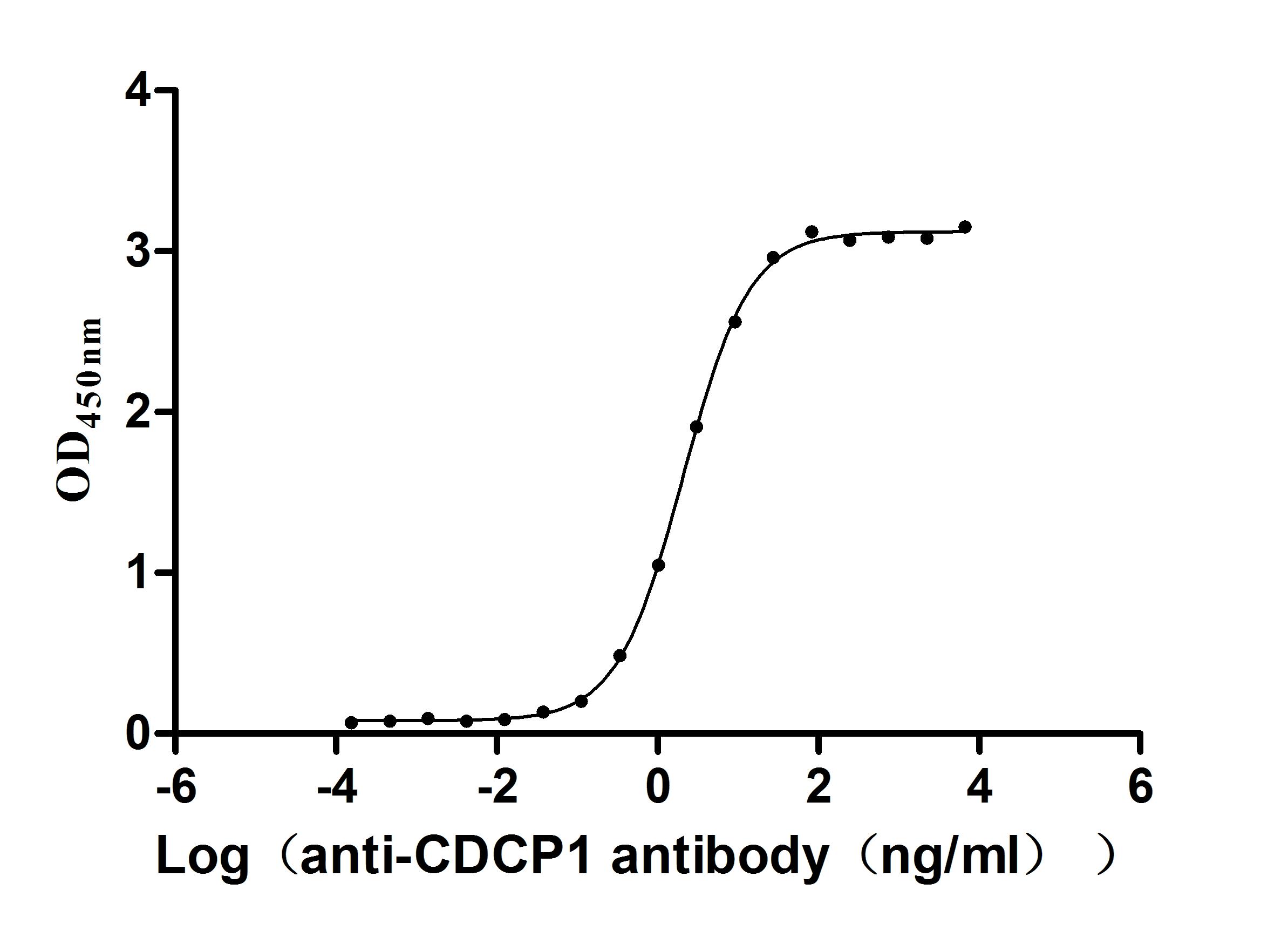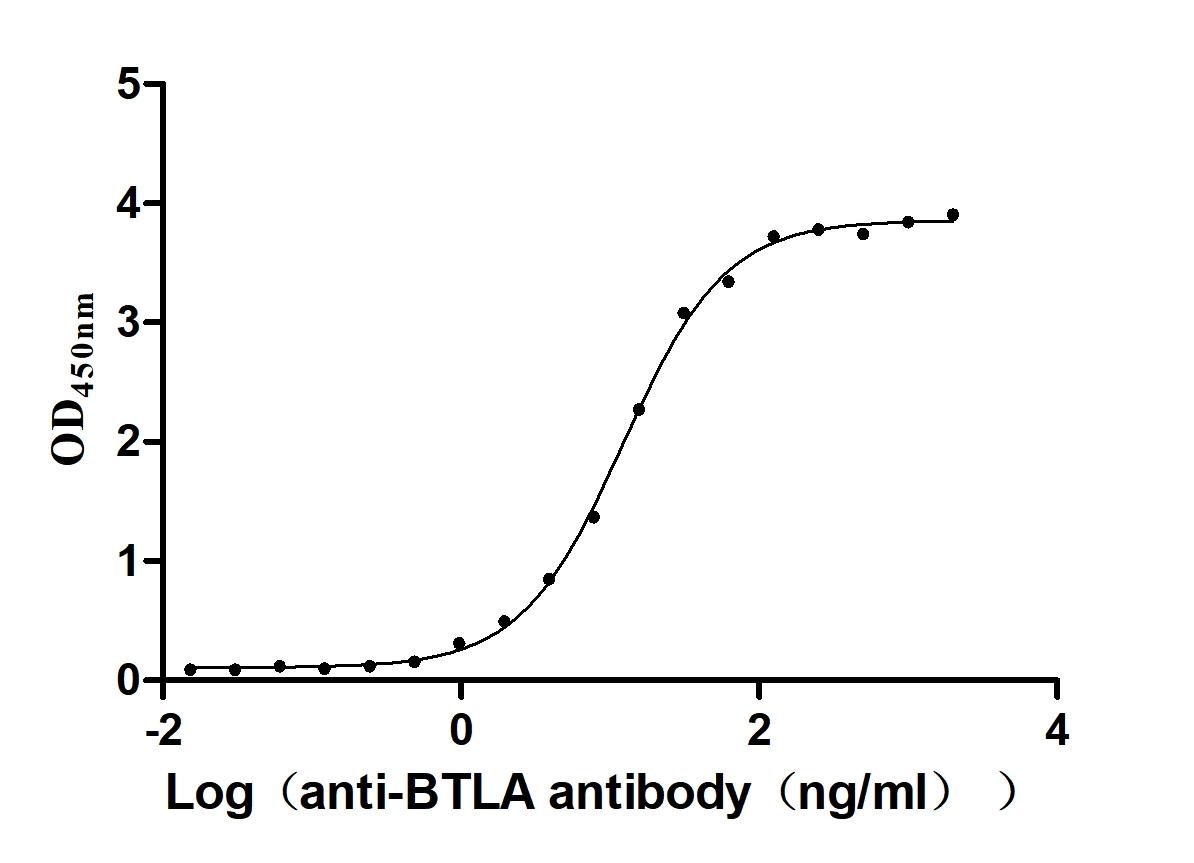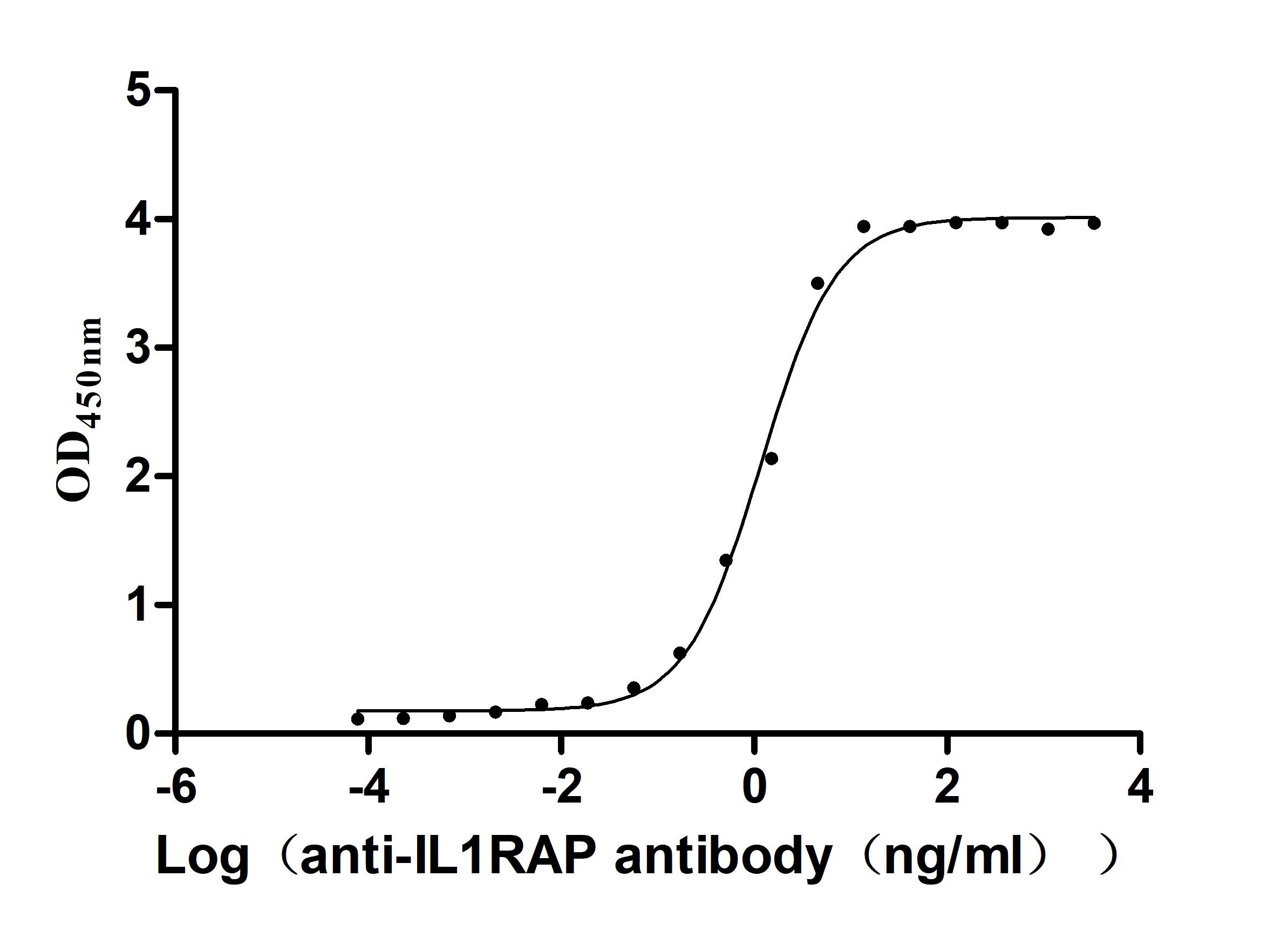Recombinant Mouse Glycerol-3-phosphate dehydrogenase [NAD (+)], cytoplasmic (Gpd1)
In Stock-
中文名称:小鼠Gpd1重组蛋白
-
货号:CSB-EP009709MO
-
规格:¥1536
-
图片:
-
其他:
产品详情
-
纯度:Greater than 95% as determined by SDS-PAGE.
-
生物活性:Not Test
-
基因名:Gpd1
-
Uniprot No.:
-
别名:GPDH-C
-
种属:Mus musculus (Mouse)
-
蛋白长度:Full Length
-
来源:E.coli
-
分子量:44.5 kDa
-
表达区域:1-349aa
-
氨基酸序列MAGKKVCIVGSGNWGSAIAKIVGSNAGRLAHFDPRVTMWVFEEDIGGRKLTEIINTQHENVKYLPGHKLPPNVVAIPDVVQAATGADILVFVVPHQFIGKICDQLKGHLKANTIGISLIKGVDEGPNGLKLISEVIGERLGIPMSVLMGANIASEVAEEKFCETTIGCKDPAQGQLLKDLMQTPNFRITVVQEVDTVEICGALKNIVAVGAGFCDGLGFGDNTKAAVIRLGLMEMIAFAKLFCSGTVSSATFLESCGVADLITTCYGGRNRKVAEAFARTGKSIEQLEKEMLNGQKLQGPQTARELHSILQHKGLVDKFPLFTAVYKVCYEGQPVGEFIRCLQNHPEHM
Note: The complete sequence including tag sequence, target protein sequence and linker sequence could be provided upon request. -
蛋白标签:C-terminal 6xHis-tagged
-
产品提供形式:Liquid or Lyophilized powder
Note: We will preferentially ship the format that we have in stock, however, if you have any special requirement for the format, please remark your requirement when placing the order, we will prepare according to your demand. -
缓冲液:If the delivery form is liquid, the default storage buffer is Tris/PBS-based buffer, 5%-50% glycerol. If the delivery form is lyophilized powder, the buffer before lyophilization is Tris/PBS-based buffer, 6% Trehalose.
-
复溶:We recommend that this vial be briefly centrifuged prior to opening to bring the contents to the bottom. Please reconstitute protein in deionized sterile water to a concentration of 0.1-1.0 mg/mL.We recommend to add 5-50% of glycerol (final concentration) and aliquot for long-term storage at -20℃/-80℃. Our default final concentration of glycerol is 50%. Customers could use it as reference.
-
储存条件:Store at -20°C/-80°C upon receipt, aliquoting is necessary for mutiple use. Avoid repeated freeze-thaw cycles.
-
保质期:The shelf life is related to many factors, storage state, buffer ingredients, storage temperature and the stability of the protein itself.
Generally, the shelf life of liquid form is 6 months at -20°C/-80°C. The shelf life of lyophilized form is 12 months at -20°C/-80°C. -
货期:3-7 business days
-
Datasheet & COA:Please contact us to get it.
相关产品
靶点详情
-
功能:Has glycerol-3-phosphate dehydrogenase activity.
-
基因功能参考文献:
- GPD1 null mice showed increased exercise capacity. Exercise-induced lipid oxidation was enhanced in GPD1 null mice. PMID: 25603051
- GPD1 and glycolytic gene expression is up-regulated by ethanol, and GPD1-mediated incorporation of glucose into triglycerides glycerol moieties together with increased lipogenesis plays a role in ethanol-induced hepatic triglycerides accumulation. PMID: 24472537
- Knockout mice deficient in both cytosolic and mitochondrial GPD have lethal hypoglycemic ketosis and glyceroluria. PMID: 12093800
-
亚细胞定位:Cytoplasm.
-
蛋白家族:NAD-dependent glycerol-3-phosphate dehydrogenase family
-
数据库链接:
Most popular with customers
-
Recombinant Human Prolactin receptor (PRLR), partial (Active)
Express system: Mammalian cell
Species: Homo sapiens (Human)
-
Recombinant Human Microtubule-associated protein tau (MAPT) (Active)
Express system: Mammalian cell
Species: Homo sapiens (Human)
-
Recombinant Macaca fascicularis lymphocyte antigen 6 family member G6D (LY6G6D) (Active)
Express system: Yeast
Species: Macaca fascicularis (Crab-eating macaque) (Cynomolgus monkey)
-
Recombinant Human Alkaline phosphatase, germ cell type (ALPG) (Active)
Express system: Mammalian cell
Species: Homo sapiens (Human)
-
Recombinant Human Early activation antigen CD69 (CD69), partial (Active)
Express system: Mammalian cell
Species: Homo sapiens (Human)
-
Recombinant Macaca fascicularis CUB domain containing protein 1 (CDCP1), partial (Active)
Express system: Mammalian cell
Species: Macaca fascicularis (Crab-eating macaque) (Cynomolgus monkey)
-
Recombinant Human B- and T-lymphocyte attenuator(BTLA), partial (Active)
Express system: Mammalian cell
Species: Homo sapiens (Human)
-
Recombinant Human Interleukin-1 receptor accessory protein (IL1RAP), partial (Active)
Express system: Mammalian cell
Species: Homo sapiens (Human)

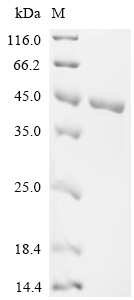

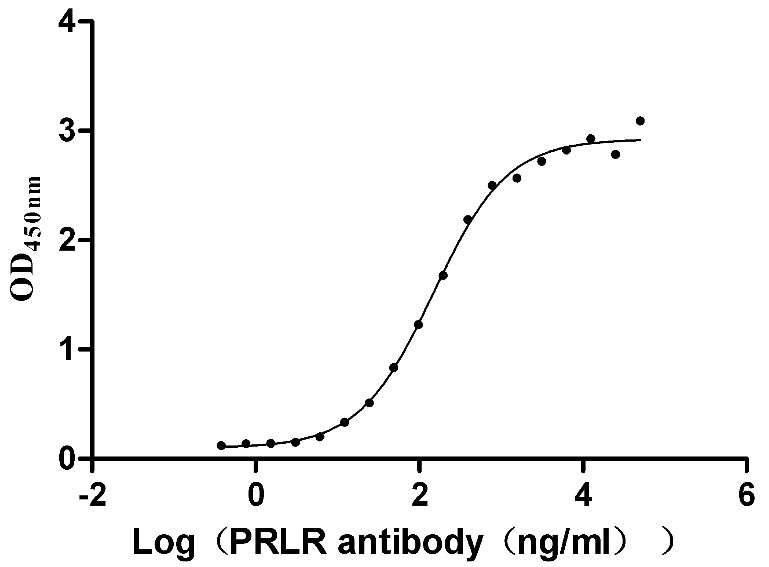
-AC1.jpg)
